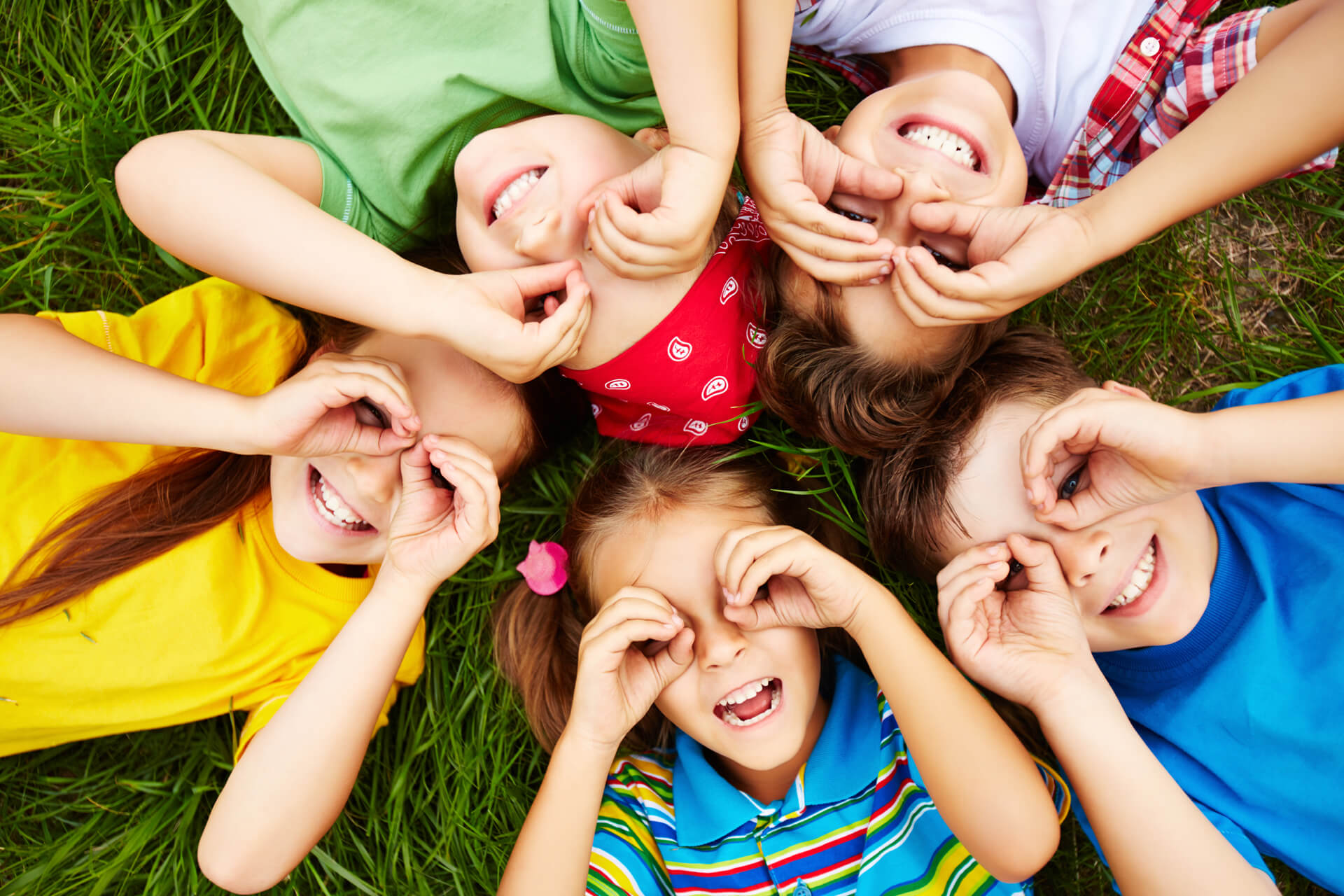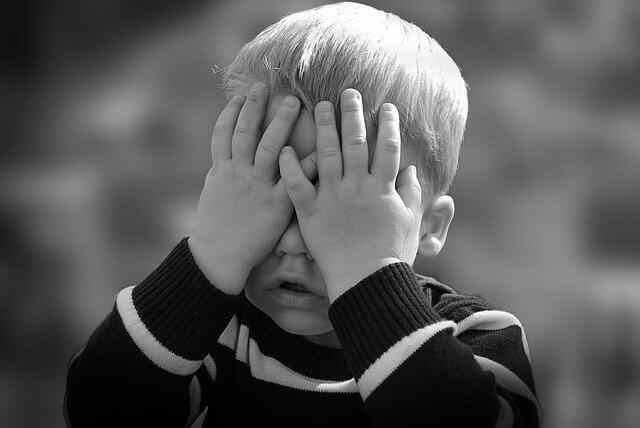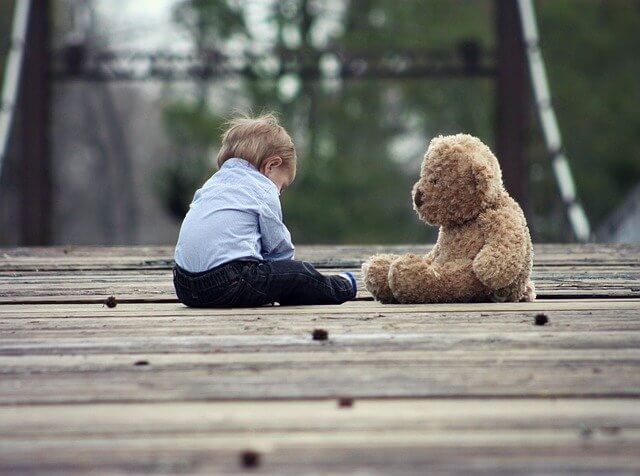
What is Autism
Autism spectrum disorder (ASD) is a developmental disability caused by differences in the brain. Scientists do not know yet exactly what causes these differences for most people with ASD.
However, some people with ASD have a known difference, such as a genetic condition. There are multiple causes of ASD, although most are not yet known.
There is often nothing about how people with ASD look that sets them apart from other people, but they may communicate, interact, behave, and learn in ways that are different from most other people. The learning, thinking, and problem-solving abilities of people with ASD can range from gifted to severely challenged. Some people with ASD need a lot of help in their daily lives; others need less.
How is ASD Diagnosed
ASD symptoms can vary greatly from person to person depending on the severity of the disorder. Some signs to look out for are as following:

A person with ASD might:
Social Skills
Examples of social issues related to ASD:


Communication
Examples of communication issues related to ASD:
How is Autism treated
There is no cure for ASD. Therapies and behavioral interventions are designed to remedy specific symptoms and can substantially improve those symptoms. The ideal treatment plan coordinates therapies and interventions that meet the specific needs of the individual. Most health care professionals agree that the earlier the intervention, the better.
At Autism Bright Start we use methods like Educational/behavioral interventions.
Early behavioral/educational interventions have been very successful in many children with ASD. In these intervention therapists we use highly structured and intensive skill-oriented training sessions to help children develop social and language skills, such as applied behavioral analysis, which encourages positive behaviors and discourages negative ones. In addition, family counseling for the parents and siblings of children with ASD often helps families cope with the particular challenges of living with a child with ASD.

